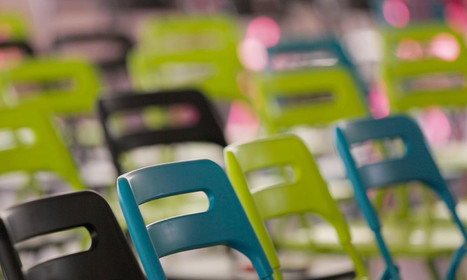"Studies have shown that dynamic seating improves a student’s ability to participate and engage more effectively in class. Children who appear to have disruptive behaviours, such as tilting in their chairs or standing up, may, in fact, be unconsciously providing themselves with movement or other sensory input (i.e. heavy work, touch, fidgeting, chewing) in order to learn.
Active sitting leads to active learning. Depending on the individual needs and age, every child may learn differently. While some do well in static chairs, others do better in seating that provides movement. Think of the students that sit on their feet, rock back in their chairs, are constantly out of their seat, fidgeting or who are impulsive. These students may be seeking movement needed to better attend to their lesson."
Research and publish the best content.
Get Started for FREE
Sign up with Facebook Sign up with X
I don't have a Facebook or a X account
Already have an account: Login
Professional learning in a glance (or two)!
Curated by
John Evans
 Your new post is loading... Your new post is loading...
 Your new post is loading... Your new post is loading...
|










